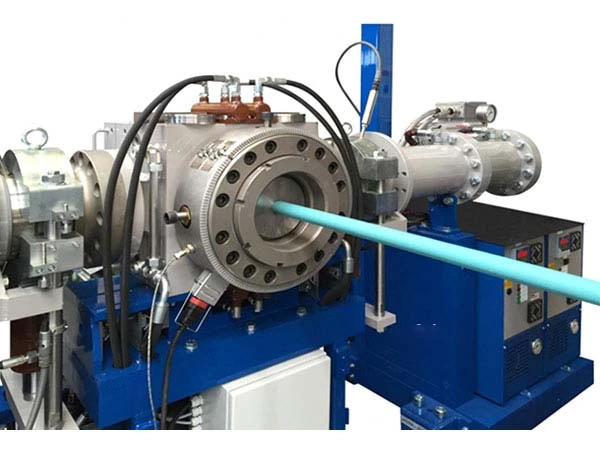Abstract
We promise our factory will use 100% new materials that meet RoHS’s directive. Upon request, we can provide Custom Compounding, such as anti-fire,food-grade, etc.
RubberMaterial
EPDM Rubber
We promise our factory will use 100% new materials that meet RoHS’s directive. We also could provide Custom Compounding such as anti-fire,food-grade, etc., upon request.
CR Rubber
Temperature range: -30 to +90℃. Hot water is not recommended.
Advantages: It has good thermal resistance to aging, weather, and ozone, low flammability, high resistance to alternating bending, medium resistance against oil (higher than NR, lower than nitrile rubber), good mechanical properties, and elasticity. However, it is better than NR. It has small deformation remains.
Disadvantages: According to the type of CR-Type, cry stabilization is possible due to a lasting cold.
NBR
Temperature range: -20 to +100℃ with dry conditions, hardens with hot air, oils Up to+120℃, water up to+80℃.
Advantages: It is highly resistant to oil, petrol, and thermal, has good mechanical toughness, and has low remaining deformation under pressure.
Disadvantages: It has very low weather and ozone resistance and low elasticity.
Natural Rubber(NR)
Temperature range: -40 to +70℃.
Advantages: It has good elasticity and mechanical properties(tear and abrasion resistance, toughness, elasticity). It does not remain deformed after strain and is highly resistant to alternating bending.
Disadvantages: It is medium to low-resistant to oil, weather, and ozone, as well as thermal resistance and flammability.
Silicone Rubber
Temperaturerange: -50 to +230℃
Advantages: It has an extreme temperature range and low-temperature flexibility. It is nonpoisonous and tasteless.
Disadvantages: It has poor tensile strength, tear, and abrasion resistance.
Plastic Material
TPE
Temperature range: -60 to +130℃.
Advantages: It can be processed as quickly as thermoplastics and has the most essential properties of rubber. It’s elastic, supple and flexible. TPE is No risk to the environment. In contrast to rubber, they can be recycled And re-processed. It’s easy to be colored at a lower cost.
PVC
Temperature range: -40 to +70℃.

